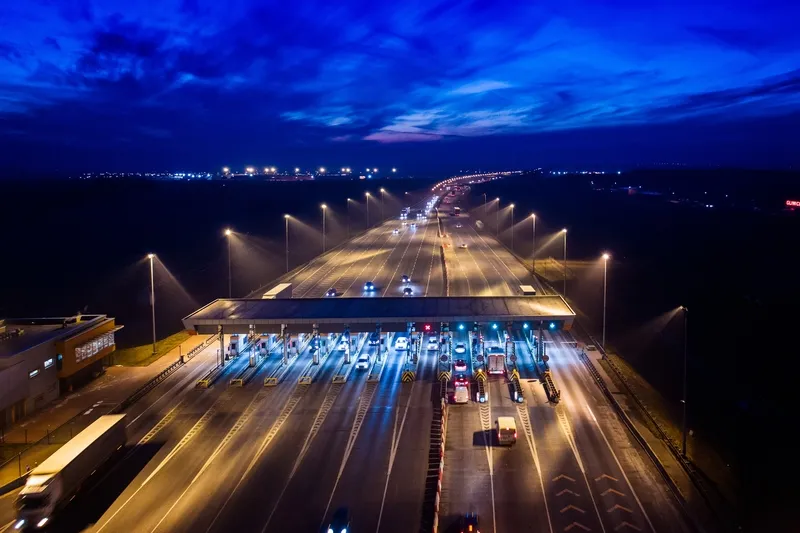International Road Dynamics (IRD) is highlighting FleetSphere telematics, its web-based GPS telematics system with additional features specifically designed for snowplough fleet management. According to the company,
the solution enables fleet managers to manage the spreading and ploughing work being done on an entire road network.
April 26, 2013
Read time: 1 min
FleetSphere will interface with all available components installed on a snowplough, including plough blades, spreader, blast, pre-wet, and anti-icing, and identify their status in real time.










